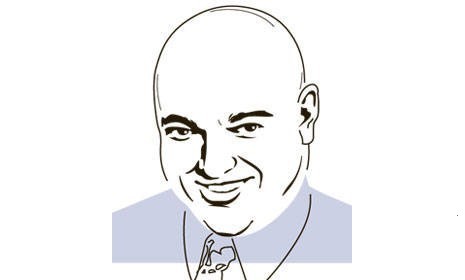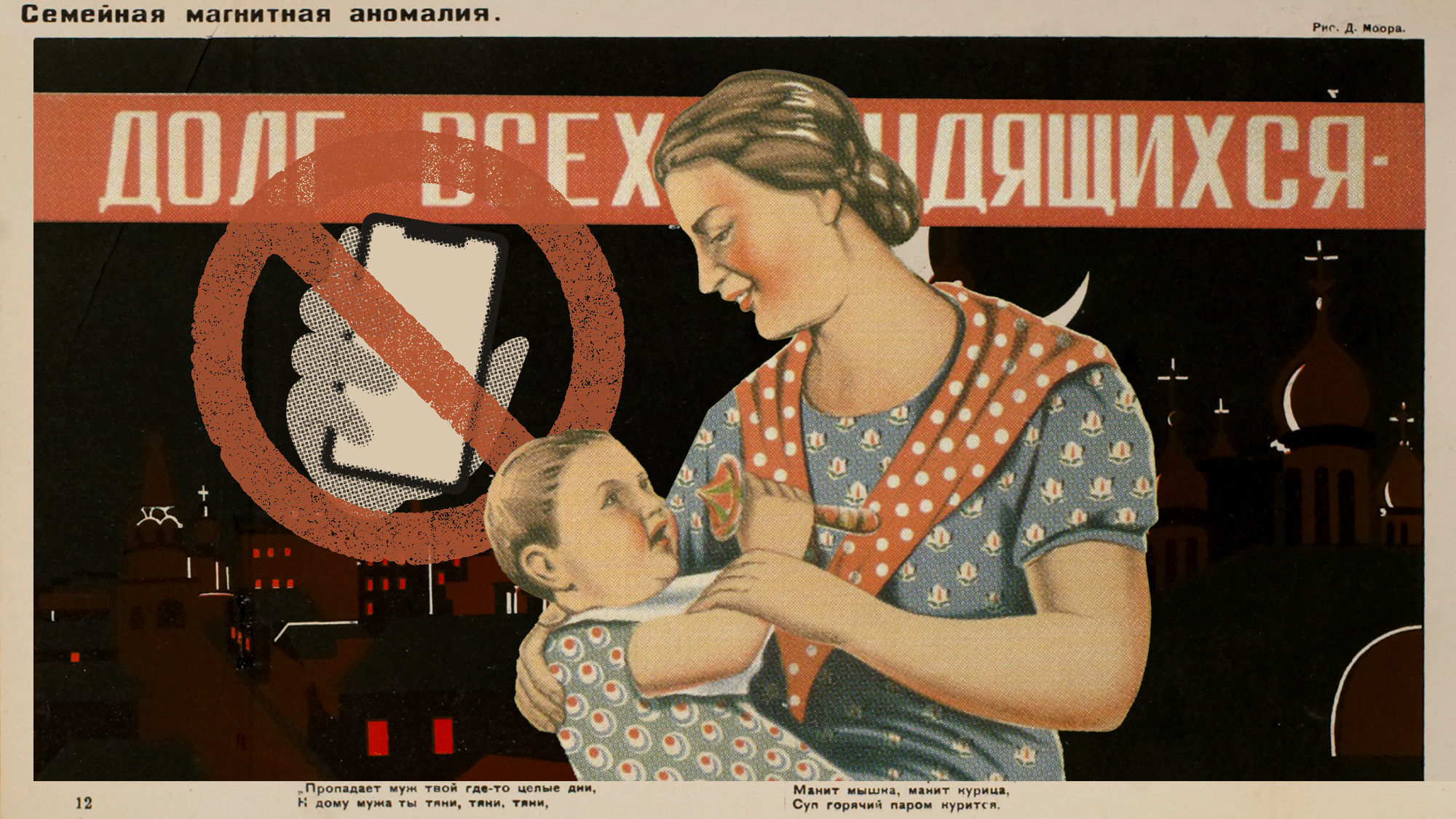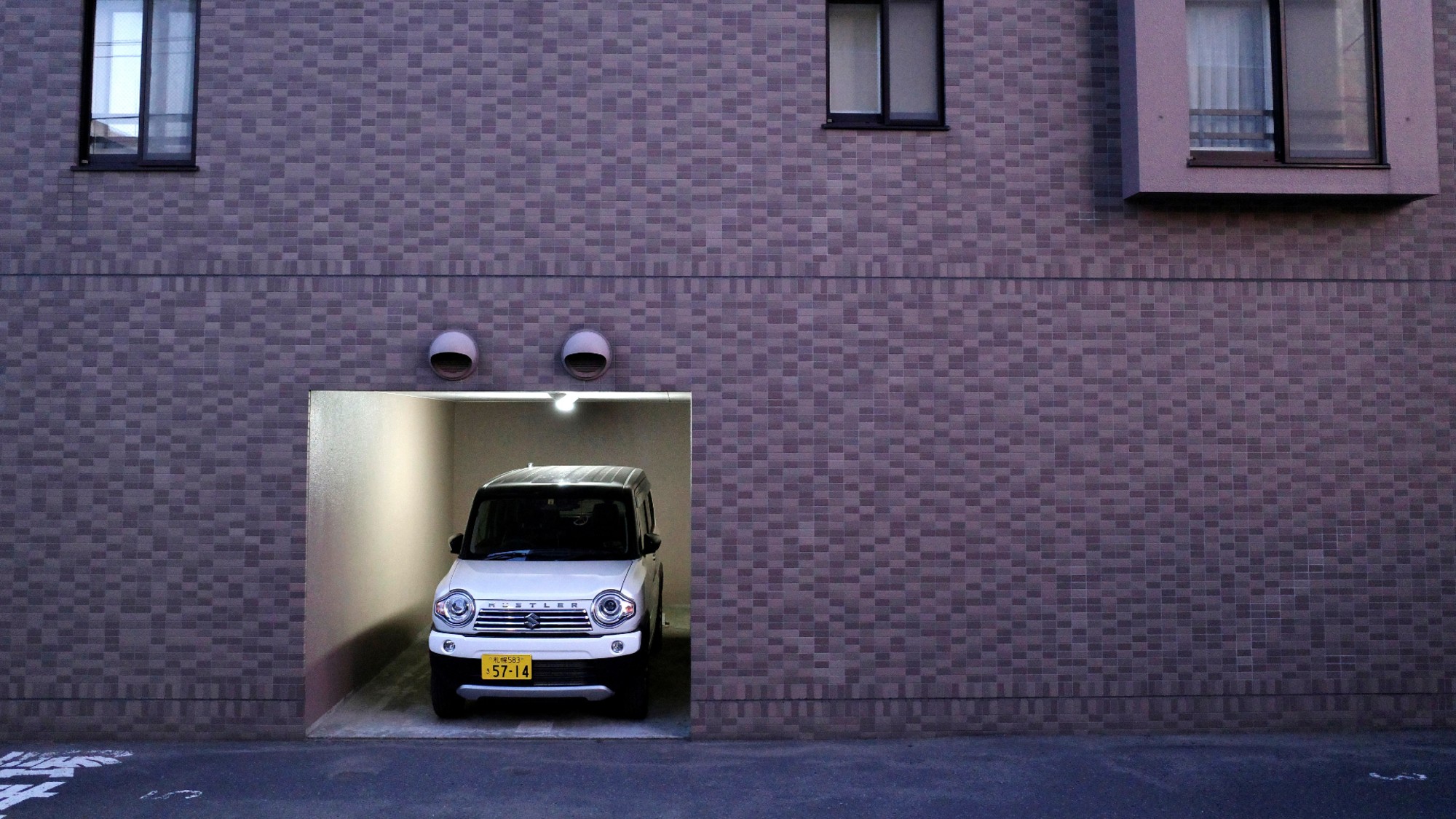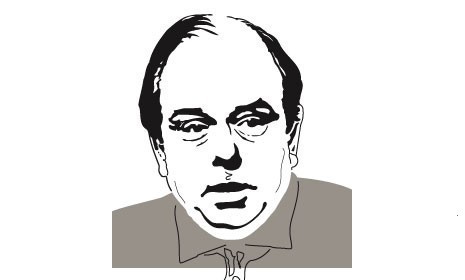It's still all about the economy
Bin Laden's death swamped an anemic economic report. That's bad news for America — and for Obama's chances of re-election


Obamanomics is finished. And after last quarter's gross domestic product report from the Commerce Department, so might be Barack Obama's chances of a second term in office.
Beginning in mid-2009, the American economy scored mainly unimpressive growth figures that nevertheless usually trended upward. With the exception of the 2009 fourth quarter figure of 5 percent, which was mostly comprised of inventory adjustments rather than full growth, annualized numbers stayed between 2 percent and 3 percent each quarter.
Using those figures, the Obama administration claimed that the American economy had turned a corner and that a real recovery was underway. Jobs still had not returned, but the White House argued (correctly) that job growth is a lagging indicator. The administration also argued (incorrectly) that the tendency of businesses to hold capital rather than invest it was an irrational choice considering the opportunities for real growth in the expanding recovery.
The Week
Escape your echo chamber. Get the facts behind the news, plus analysis from multiple perspectives.

Sign up for The Week's Free Newsletters
From our morning news briefing to a weekly Good News Newsletter, get the best of The Week delivered directly to your inbox.
From our morning news briefing to a weekly Good News Newsletter, get the best of The Week delivered directly to your inbox.
The Commerce Department threw a deluge of cold water on those claims at the end of April in a report that was almost immediately eclipsed by the news of Osama bin Laden's demise at the hands of Navy SEALs in Pakistan. The first-quarter GDP growth rate plunged to 1.8 percent, a steep change from the previous quarter's middling 3.1 percent growth rate. Even more ominously, imports increased by 4.4 percent vs. a 2010 fourth quarter decrease of 12.6 percent, and exports hit their lowest number (a 4.9 percent growth rate) since mid-2009. Meanwhile, personal consumption expenditures dropped from fourth quarter's 4 percent growth rate to 2.7 percent.
The real story, though, comes near the end of the April Commerce Department report. Federal government spending dropped 7.9 percent after staying nearly even in the fourth quarter. National defense spending dropped 11.7 percent. That drop in spending explains why previous growth rates had been artificially inflated. It also explains why jobs have not returned.
Actually, it gets even worse than that. After accounting for inventory growth, real final sales of domestic product (GDP minus changes in domestic inventories) was 0.8 percent — barely above recession level. This indicates that even though sales of durable goods dropped from a 21 percent increase in the fourth quarter to 10 percent in the first quarter of 2011, businesses still overbought — which will negatively impact second-quarter orders and growth.
Eight quarters have passed since Obama pushed through his $800 billion stimulus bill. Three quarters have passed since the White House announced its "Recovery Summer." The only change we have had to the economy in that period has been the slow burst of the government-spending bubble that the White House hoped would convince Americans that its economic policies were working.
A free daily email with the biggest news stories of the day – and the best features from TheWeek.com
Now that Obamanomics has run out of stimulus cash, the true measure of the economy is plainly visible, and it's obviously sputtering. With a 1.8 percent annualized GDP growth rate and bulging inventories reducing the need for new orders, we will not only fail to add jobs in coming months, we may start losing some of the jobs we added in April and March.
If growth continues to sputter for another two quarters, voters will rebel at the thought of another four years of economic mismanagement. Don't be surprised to hear the president demand another round of heavy stimulus spending, not because it works to repair the economy, but because it helps to temporarily make it appear as though Obamanomics works. After this very expensive lesson in the failure of Keynesian economics, though, House Republicans won't buy a hair-of-the-dog approach, and voters won't be fooled again.
Edward Morrissey has been writing about politics since 2003 in his blog, Captain's Quarters, and now writes for HotAir.com. His columns have appeared in the Washington Post, the New York Post, The New York Sun, the Washington Times, and other newspapers. Morrissey has a daily Internet talk show on politics and culture at Hot Air. Since 2004, Morrissey has had a weekend talk radio show in the Minneapolis/St. Paul area and often fills in as a guest on Salem Radio Network's nationally-syndicated shows. He lives in the Twin Cities area of Minnesota with his wife, son and daughter-in-law, and his two granddaughters. Morrissey's new book, GOING RED, will be published by Crown Forum on April 5, 2016.
-
 Russia’s ‘weird’ campaign to boost its birth rate
Russia’s ‘weird’ campaign to boost its birth rateUnder the Radar Demographic crisis spurs lawmakers to take increasingly desperate measures
-
 Could smaller cars bring down vehicle prices?
Could smaller cars bring down vehicle prices?Today’s Big Question Trump seems to think so, but experts aren’t so sure
-
 2025’s most notable new albums
2025’s most notable new albumsThe Week Recommends These were some of the finest releases of the past year
-
 3 reasons to feel good about the economy
3 reasons to feel good about the economyfeature The unemployment rate remains stubbornly high, and D.C. is mired in a debt-ceiling stalemate. But it's not all bad
-
 The economy trumps Trump
The economy trumps Trumpfeature Obama has deflected the birthers. The real danger for the president now is the GOP's political ploy to dead-end the economy
-
Politics is undermining our economy
feature We could reduce unemployment — if only Washington wanted to
-
 Britain proves the folly of GOP economics
Britain proves the folly of GOP economicsfeature First slash spending. Then watch the economy contract
-
 We need a dose of inflation
We need a dose of inflationfeature William Jennings Bryan was a crank, but he understood in the 1890s that deflation is more dangerous than cheap money. It still is
-
 David Brooks' neo-Hooverite plea
David Brooks' neo-Hooverite pleafeature The conservative N.Y. Times columnist is politely asking Obama to ignore basic economics, ignore the bond markets, and ignore Nobel laureate Paul Krugman — and to please steer the economy into a ditch
-
Is the economy a victory or a defeat?
feature Yes, we've averted the worst, but unemployment is at 10 percent. Assessing the economic recovery
-
 Afghanistan could decide this presidency
Afghanistan could decide this presidencyfeature Despite the false hopes of Republicans, Obama will prevail on health care and preside over a growing economy. The fateful test is Afghanistan.
